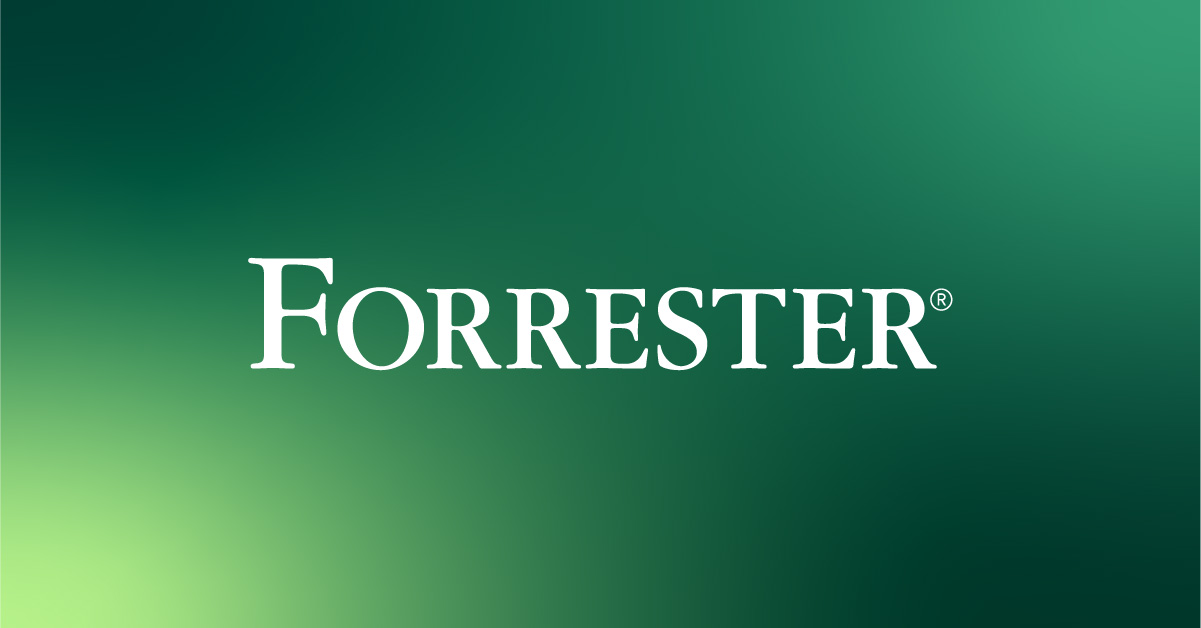In the early 20th century, America was buzzing with Progressive Era reforms aimed at taming the excesses of industrialization. One landmark was the Pure Food and Drugs Act of 1906, hailed as a victory for consumer safety. It banned poisonous ingredients in food and drink, required accurate labeling, and cracked down on imitations. But when it came to whiskey, was it truly about protecting the public from deadly adulterants? Or was it a classic case of dirty politics, where special interests use government power to disadvantage competitors?
Economists have long debated the origins of regulation through two lenses: public interest theory and public choice theory. Public interest theory sees regulation as a noble response to market failures like asymmetric information, where consumers don’t have the expertise to spot hidden dangers. Public choice theory, pioneered by scholars like James Buchanan and Gordon Tullock, flips the script: regulations often emerge from rent seeking, where powerful industry groups lobby for rules that boost their profits at the expense of consumers and competitors. Oftentimes, rent seeking is most successful when there is at least a semblance of a public interest concern to bolster the argument for regulation among those hoping to shape it.
In my recent paper in Public Choice, coauthored with Macy Scheck, “Examining the Public Interest Rationale for Regulating Whiskey with the Pure Food and Drugs Act,” we explore a case in which the historical evidence leans heavily toward the explanation offered by public choice theory. Straight whiskey distillers, who age their spirits in barrels for flavor, pushed for regulations targeting “rectifiers,” who flavored neutral spirits to mimic aged whiskey more cheaply. The rectifiers were accused of lacing their products with poisons like arsenic, strychnine, and wood alcohol. If true, the regulation was a lifesaver. But was it?
Whiskey consumption boomed in the decades before 1906, without federal oversight. Sales of rectified whiskey were estimated at 50–90% of the market. From 1886 to 1913, U.S. spirit consumption (mostly whiskey) rose steadily, dipping only during the 1893–1897 depression. If rectifiers were routinely poisoning customers, you’d expect markets to collapse as word spread, an example of Akerlof’s “market for lemons” in action. No such collapse occurred.
Chemical tests from the era tell a similar story. A comprehensive search of historical newspapers uncovered 25 tests of whiskey samples between 1850 and 1906. Poisons turned up infrequently. Some alarming results came from dubious sources, like temperance activists. One chemist, Hiram Cox, a prohibitionist lecturer, claimed to find strychnine and arsenic galore—but contemporaries debunked his methods as sloppy and biased.
Trade books for rectifiers, which contained recipes, reveal even less malice. These manuals, aimed at professionals blending spirits, rarely list poisons. When poisons did appear, their use was in accordance with the scientific and medical knowledge of the time. Many recipe authors explicitly avoided known toxins, noting it was more profitable to keep customers alive and coming back.
We examined home recipe books for medicine and food. We found that the handful of dangerous substances that were included in whiskey recipes were often recommended in home medical recipes for everything from toothaches to blood disorders. This suggests people, including regulators, did not know of their danger at that time.
Strychnine was found in niche underground markets where a small number of thrill-seekers demanded its amphetamine-like buzz, or in prohibition states where bootleggers had no viable alternatives. But rectifiers avoided it; it was expensive and bitter.
What about reported deaths and poisonings? That is our final piece of evidence. Newspapers of the day loved sensational stories such as murders or suicides. Yet a keyword search for whiskey-linked fatalities from 1850–1906 yielded slim pickings outside of intentional acts or bootleg mishaps. Wood alcohol, which was listed in no recipes, caused the most issues, but often in isolated cases, like a 1900 New York saloon debacle where 22 died from a mislabeling.
Overall, adulterated whiskey was hardly a serious safety concern.
Harvey Wiley, the USDA chemist who championed the Pure Food and Drugs Act, admitted under questioning that rectified ingredients weren’t inherently harmful—they just weren’t “natural.” His real motive? Rectified whiskey was a cheap competitor to straight stuff. Wiley’s correspondence, unearthed by historians Jack High and Clayton Coppin, shows straight distillers lobbying hard and framing regulation as a moral crusade while eyeing market share. President Taft’s 1909 compromise allowed “blended whiskey” labels but reserved “straight” for the premium, aged variety— a win for the incumbents.
The lesson? Regulations are rarely the product of pure altruism. As Bruce Yandle’s “Bootleggers and Baptists” model explains, moralists (temperance advocates decrying poison) team up with profiteers (straight distillers seeking barriers to entry) to pass laws that sound virtuous but serve narrow interests. The Pure Food and Drugs Act may have curbed some real abuses elsewhere, but for whiskey, it was more about protecting producers than consumers. Cheers to that? Not quite.
Daniel J. Smith is the Director of the Political Economy Research Institute and Professor of Economics at the Jones College of Business at Middle Tennessee State University. Dan is the North American Co-Editor of The Review of Austrian Economics and the Senior Fellow for Fiscal and Regulatory Policy at the Beacon Center of Tennessee.




























